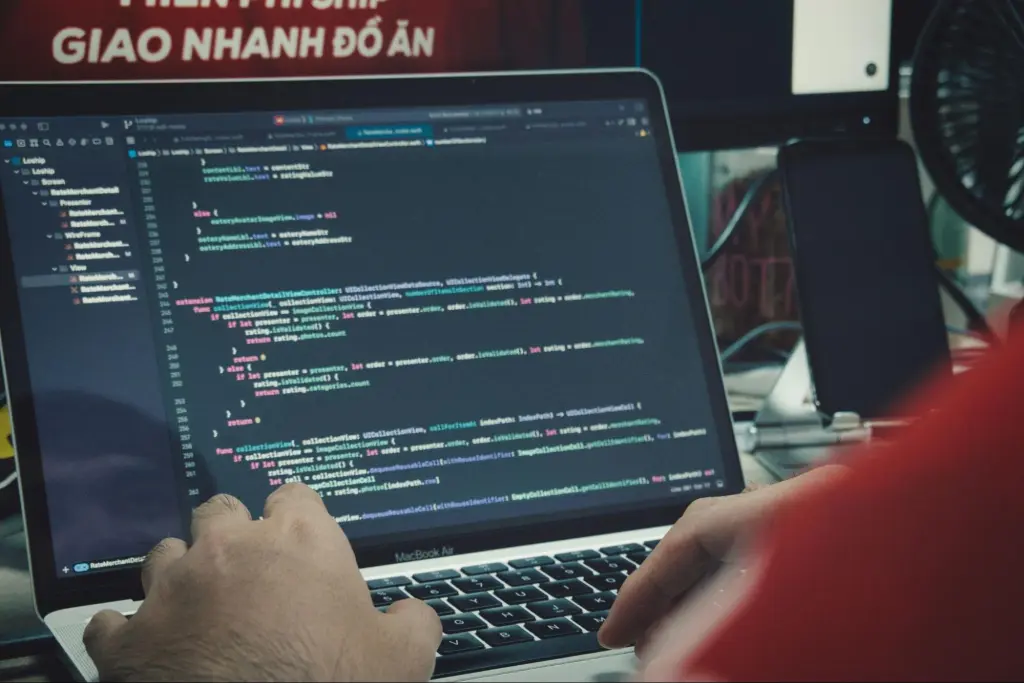Takeaway
The role of a Virtual World Programmer is pivotal in the development of immersive digital environments, where the fusion of conceptual design and technical execution creates engaging user experiences. This article delves into the intricacies of this profession, exploring the skills required, the technologies employed, and the impact of virtual worlds on gaming and beyond.
In the rapidly evolving landscape of game development, the role of a Virtual World Programmer has emerged as a critical component in the creation of immersive digital experiences. These professionals are tasked with bridging the gap between abstract concepts and tangible code, transforming imaginative ideas into interactive realities. As the demand for sophisticated virtual environments grows, understanding the nuances of this role becomes essential for both aspiring developers and established companies in the gaming industry.
The Role of a Virtual World Programmer
A Virtual World Programmer is responsible for designing and implementing the underlying systems that govern virtual environments. This includes everything from physics engines and AI behavior to network architecture and user interface design. The complexity of these tasks requires a deep understanding of various programming languages, game engines, and development frameworks.
According to a report by the International Game Developers Association (IGDA) in 2022, 70% of game developers identified programming as a core skill necessary for creating engaging virtual worlds (IGDA, 2022). This statistic underscores the importance of programming expertise in the development process, as it directly influences the quality and interactivity of the final product.
Key Skills and Technologies
To excel as a Virtual World Programmer, one must possess a diverse skill set that encompasses both technical and creative abilities. Key skills include:
1. Proficiency in Programming Languages
Virtual World Programmers typically work with languages such as C++, C#, and Python. C++ is particularly favored for its performance capabilities, making it ideal for real-time applications like games. C# is commonly used in Unity, one of the most popular game engines, while Python is often employed for scripting and automation tasks.

2. Understanding of Game Engines
Familiarity with game engines such as Unreal Engine and Unity is crucial. These platforms provide the tools necessary for creating complex virtual environments. For instance, Unreal Engine’s Blueprint visual scripting system allows programmers to create gameplay elements without extensive coding, enabling rapid prototyping and iteration.
3. Knowledge of Physics and Mathematics
Virtual worlds often require realistic physics simulations to enhance immersion. A solid understanding of physics principles, such as collision detection and fluid dynamics, is essential. Additionally, mathematical concepts like linear algebra and calculus are frequently applied in graphics programming and AI development.
4. Networking and Multiplayer Systems
As multiplayer experiences become increasingly prevalent, knowledge of networking protocols and server architecture is vital. Programmers must understand how to manage data synchronization, latency issues, and player interactions in real-time environments. According to a study by Newzoo in 2023, 60% of gamers prefer multiplayer experiences, highlighting the importance of robust networking solutions (Newzoo, 2023).
Real-World Applications
The skills of a Virtual World Programmer extend beyond traditional gaming. Industries such as education, healthcare, and architecture are leveraging virtual environments for training simulations, therapeutic applications, and design visualization. For example, the use of virtual reality (VR) in medical training allows practitioners to practice surgical procedures in a risk-free environment, enhancing their skills without endangering patients.
One notable example is the use of VR in the training of surgeons at the University of Illinois. A study published in the Journal of Surgical Education in 2021 found that residents who trained in a VR environment performed 30% better in real-life surgical tasks compared to those who trained using traditional methods (Journal of Surgical Education, 2021). This demonstrates the potential of virtual worlds to revolutionize training across various fields.
Challenges Faced by Virtual World Programmers
Despite the exciting opportunities, Virtual World Programmers face several challenges. One significant hurdle is the need to balance performance with visual fidelity. As virtual worlds become more complex, maintaining high frame rates while delivering stunning graphics can be a daunting task. Programmers must optimize code and assets to ensure smooth performance across a range of devices.
Another challenge is the rapid pace of technological advancement. With new tools and frameworks emerging regularly, programmers must continuously update their skills to stay relevant. This requires a commitment to lifelong learning and adaptation, as well as an understanding of industry trends and user expectations.
The Future of Virtual World Programming
The future of Virtual World Programming is promising, with advancements in artificial intelligence, machine learning, and augmented reality (AR) poised to reshape the landscape. AI-driven procedural generation techniques are enabling developers to create vast, dynamic worlds with minimal manual input. For instance, games like No Man’s Sky utilize procedural generation to create an expansive universe filled with unique planets and ecosystems.

AI-driven worlds offer unique ecosystems in No Man’s Sky.
Moreover, the integration of AR into gaming and other applications is set to enhance user experiences by blending digital content with the real world. According to a report by Statista, the AR gaming market is projected to reach $300 billion by 2025, indicating a significant growth opportunity for Virtual World Programmers (Statista, 2023).
Conclusion
In summary, the role of a Virtual World Programmer is integral to the development of immersive digital experiences. By combining technical expertise with creative vision, these professionals are at the forefront of shaping the future of gaming and beyond. As industries continue to explore the potential of virtual environments, the demand for skilled programmers will only increase. Aspiring developers should focus on honing their programming skills, understanding game engines, and staying abreast of emerging technologies to thrive in this dynamic field.
Key takeaways include the importance of programming proficiency, knowledge of game engines, and the ability to navigate the challenges of performance optimization and technological advancement. As the virtual world continues to expand, the contributions of Virtual World Programmers will be essential in creating engaging, interactive experiences that captivate users across various domains.
References:
International Game Developers Association (IGDA). (2022). Developer Satisfaction Survey.
Newzoo. (2023). Global Games Market Report.
Journal of Surgical Education. (2021). The Impact of Virtual Reality Training on Surgical Performance.
Statista. (2023). Augmented Reality (AR) Gaming Market Size Worldwide from 2016 to 2025.

